
India is killing the Ganges, and Modi can do nothing about it
India is killing the Ganges, and the Ganges is killing India. The waterway that has nourished more people than any on earth for millennia is now so polluted it is a menace to public health
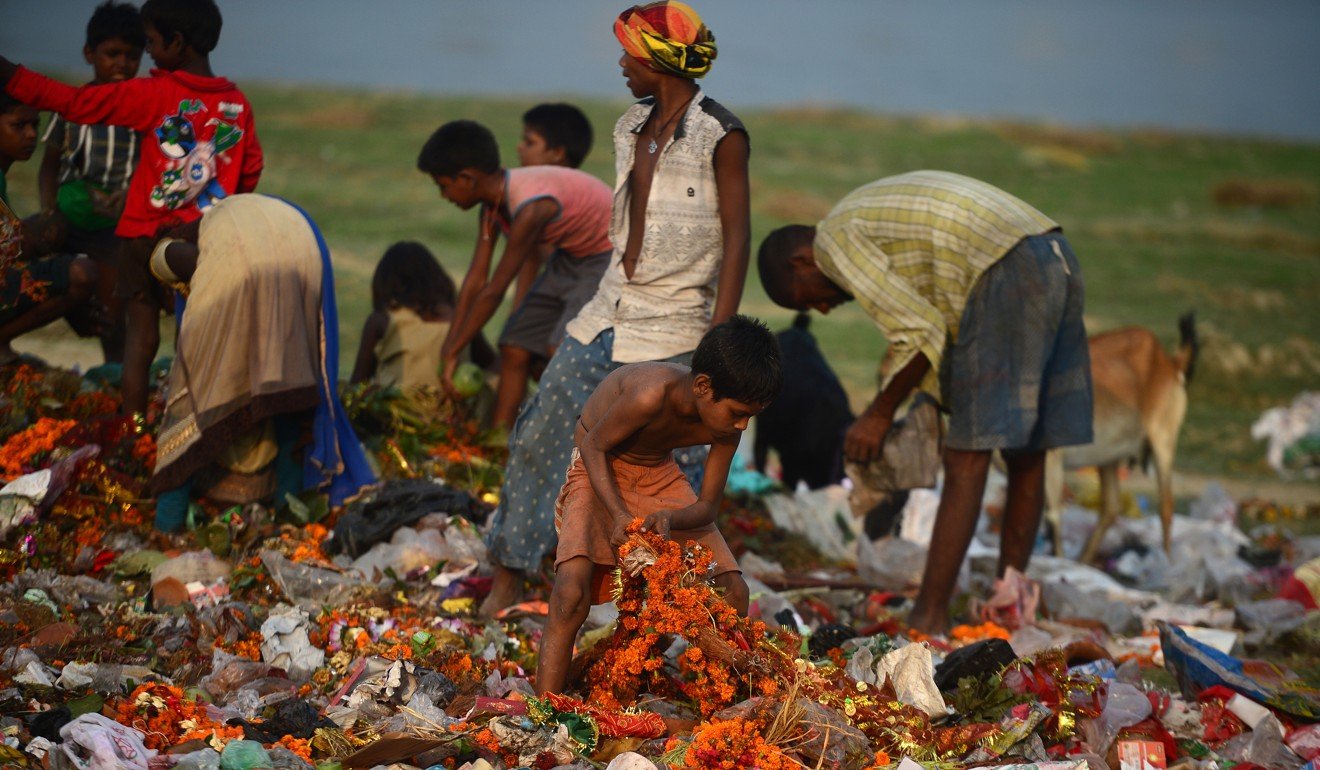
“He’s brilliant and he will make corruption disappear,” said Tanvir Singh, 32, a resident of Varanasi who runs a business selling car accessories. Crowds of young men, drenched in sweat in the early summer heat, chanted “Modi! Modi!” as their champion garlanded statues of Indian heroes and paraded through the streets atop an open van. “Varanasi is an extremely important historical, cultural, educational and civilisational centre,” said BJP official Navin Kohli. “In the 2014 elections it’s emerged as the political capital … The BJP felt that by Mr Modi standing from Varanasi – from UP and Varanasi – it would also have an impact on a very large part of the Hindi heartland.”
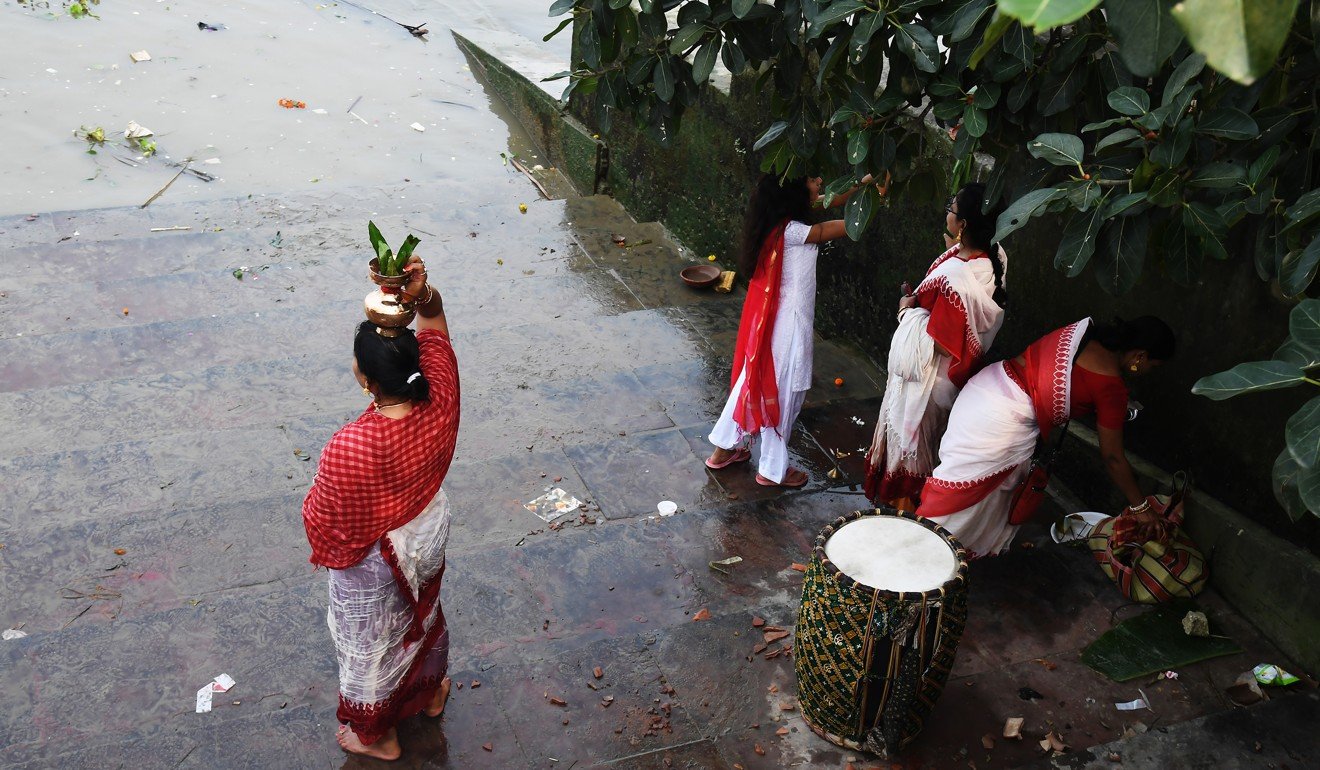
WATCH: Can Modi clean the Ganges, India’s biggest sewage line?
In the short term, Modi’s bet paid off handsomely. He won the constituency easily, while the BJP won 71 of the eighty parliament seats in Uttar Pradesh, and went on to win control of the country in the most sweeping election victory for a generation. He did not forget the river after his election triumph the following month. “Ma Ganga has decided some responsibilities for me,” he said at a celebratory meeting. “She will keep guiding me and I shall fulfil the tasks one by one. From her source to her end, Ma Ganga is screaming for help. She is saying, ‘there must be one of my sons who will come and pull me out of this filth’ … There are many tasks that perhaps God has set for me.”
However, by late 2016 – more than two years after that suggestion of a divine mission to save the Ganges – it was still not clear whether Modi would be able to fulfil his ambitious promises.
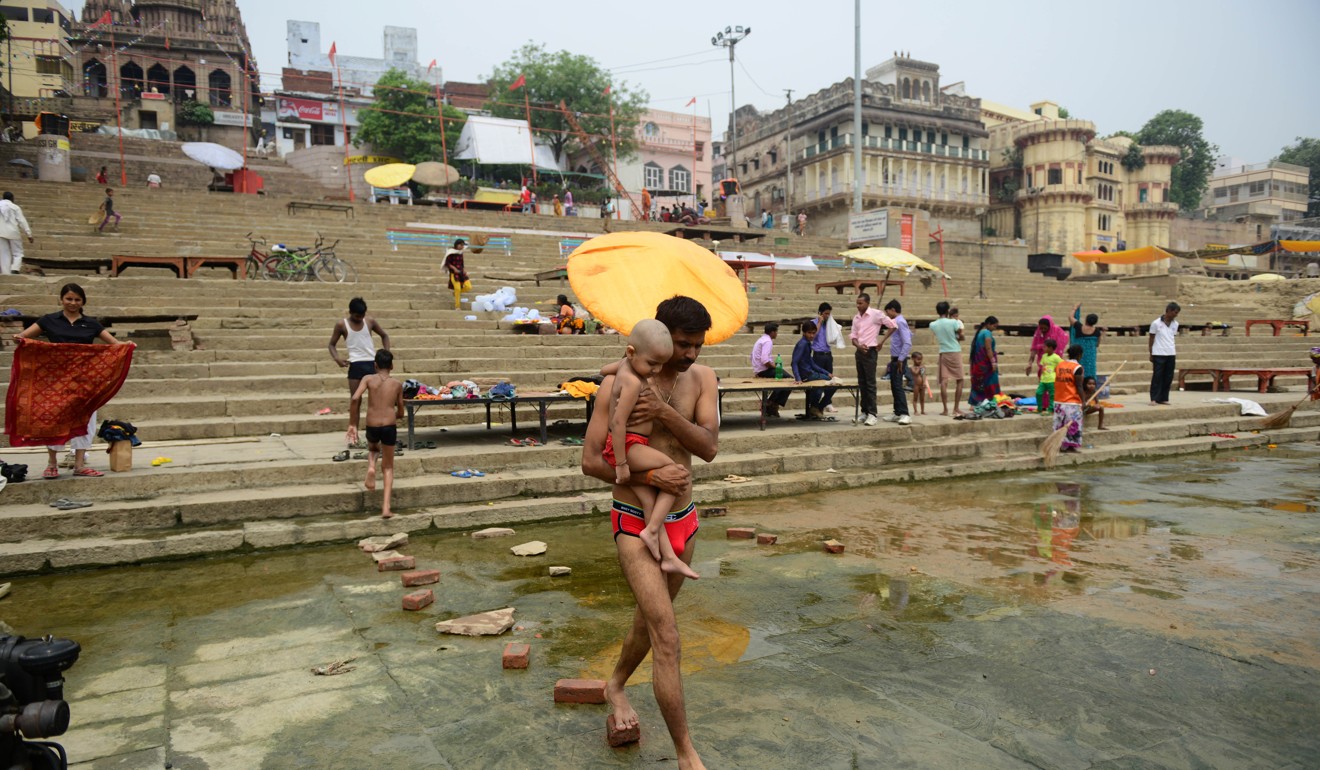
But Prakash Javadekar, his environment minister, claimed that industrial pollution of the Ganges had been cut by a third in two years. Of the 764 ‘grossly polluting industries’ on the river, 544 installed a so-called OCEM – an online continuous effluent monitoring system – and 150, including 68 tanneries, had been ordered to close for failing to install one. “We started monitoring each one of them,” said Javadekar. A brochure from his ministry said that nationwide 2,400 such systems had been installed to monitor air and water pollution, and if pollution norms for any parameter were exceeded continuously for more than 15 minutes, then a text message was generated and sent to all concerned, including regulators.

“I’ve lost hope and surrendered,” said Rakesh Jaiswal, an environmental activist in Kanpur. Expressing his view that pollution by the tanneries had not been cut, he said: “There is no reduction in waste water generation by the tanneries. Ganga is more polluted than ever before.”
What a stronger Modi means for China
Jaiswal went on, describing his experiences in Kanpur: “PM Modi has rekindled the hope. He’s allocated 20,000 crore rupees (US$3 billion) towards the Ganga cleaning and keeps talking about Ganga cleaning but nothing is visible on the ground.” According to Jaiswal, there has been no material change in the flow of sewage or industrial effluent and no efforts have been made to augment the flow of the river.
Nor is it clear that public concern about the river or the strength of Hindu religious devotion towards it will be sufficient to propel Modi’s Ganges projects towards greater success than those of previous governments.
When asked why people simultaneously worshipped and polluted the Ganges, Kalyan Rudra, a Calcutta-based water expert and chairman of the West Bengal Pollution Control Board, said: “Here we have failed. The technology is known to us. It’s a people problem, not only the government … This is a paradox of culture.”
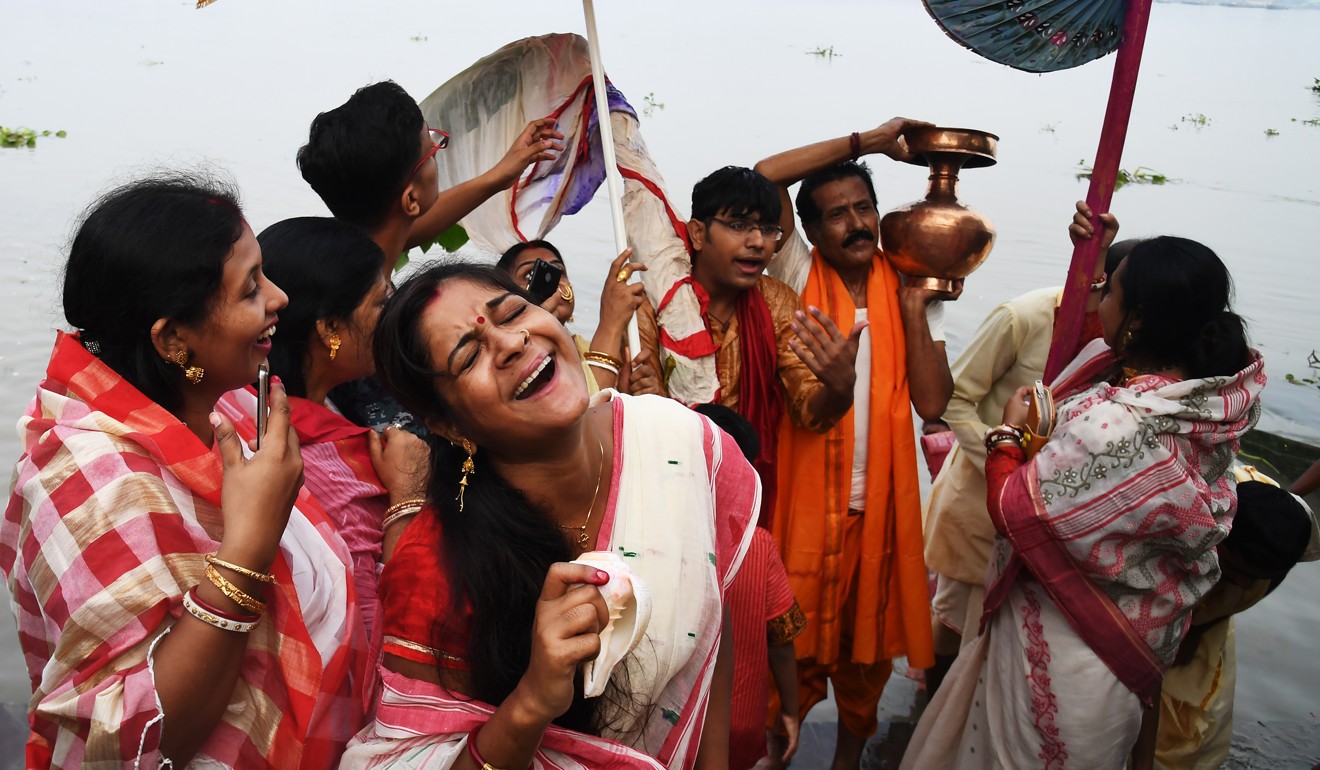
This is more, then, than just a lack of civic pride. The river’s sanctity may itself be part of the problem. B. D. Tripathi, head of environmental science at Banaras Hindu University, has been concerned about the Ganges since 1972, when he bathed with his mother and encountered the floating corpse of a cow. When he spoke of pollution and started measuring it, his mother and others were appalled. “Varanasi is a religious place,” he said. “They said: ‘You are not a Hindu. The water of Ganga is the most pure’.”
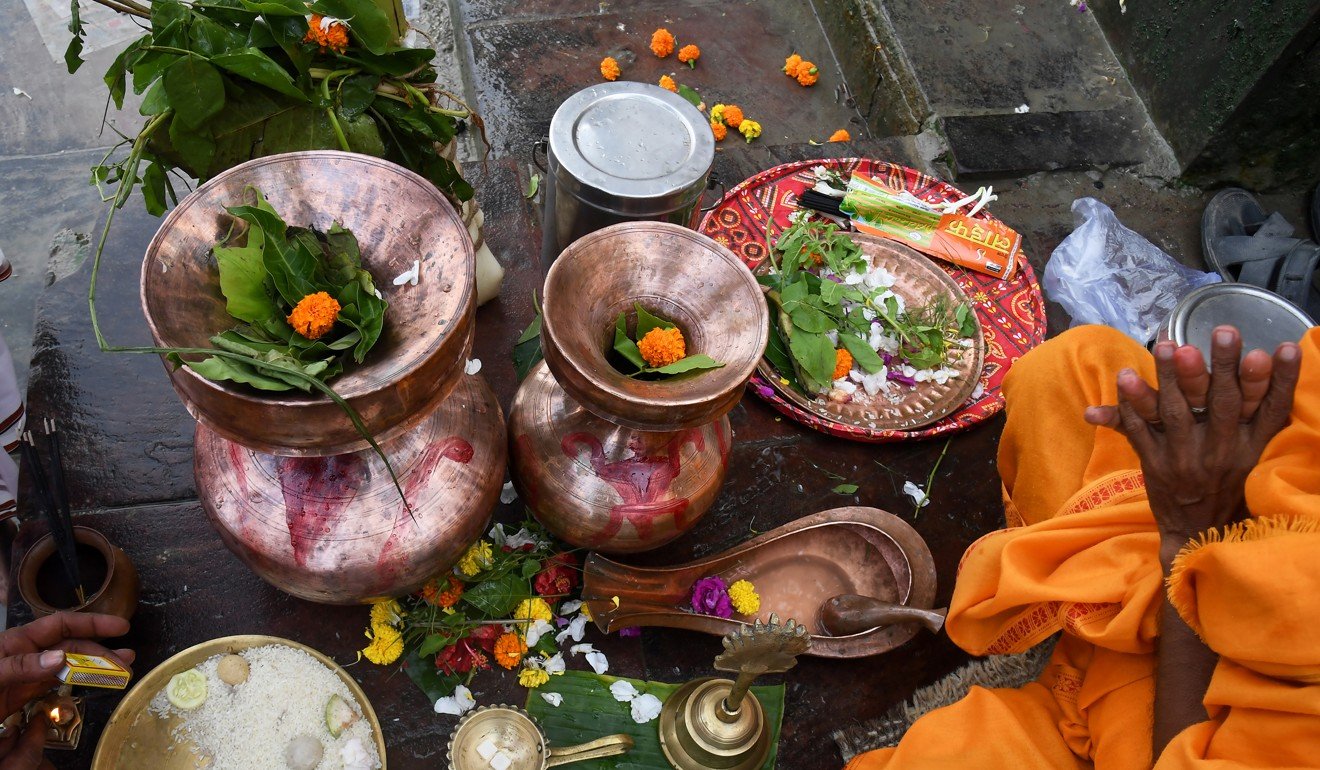
She said there is arguably nowhere in the world that should have a higher standard of river quality than India, “for there is no other culture in which rivers have such a central role in the daily ritual lives of countless millions”. Indians bathe in river water, drink it, and make offerings of it to the departed, yet the “rivers that are said to have descended to earth as sources of salvation are now, in their earthly form, in need of salvation themselves”.
Imagine what China and India can do together
What happens to the river in the next decade will be of more than religious significance. It will be a measure of the success or failure of Modi’s project to modernise India. “Why protect the Ganga?” asked Tripathi in Varanasi. “It’s a question of survival, the survival of 450 million people. It’s not religious sentiment … Ganga is a life-support system. It provides water, it provides nutrients, it enhances fertility of soil in the basin.”
Cleaning the Ganges will take large amounts of money, untapped reserves of political will and a national effort to succeed. ■
This is an extract from the book River of Life, River of Death: The Ganges and India’s Future by Victor Mallet, a journalist, commentator and author with three decades of experience in Asia, Europe, the Middle East and Africa

